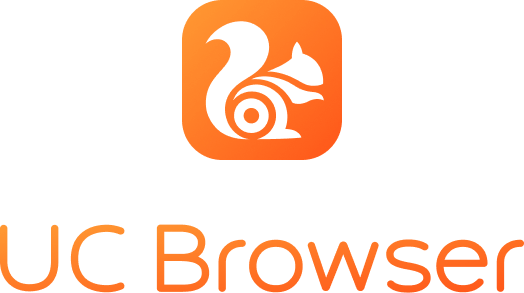Every day, we open a web browser example without much thought. This application is our gateway to the internet, yet we often don't realize that our choice of browser profoundly impacts the quality of our online experience. Do you often feel frustrated by a slow computer? Or worry about the digital footprint you're leaving behind? These problems often stem from one thing: you might be using a browser that doesn't match your needs. Understanding the different types of web browsers isn't just a technical matter; it's about finding the right tool for the right job. In this article, we won't just present a list of web browsers; we'll help you identify what kind of user you are and which browser is specifically designed for you.
**Part 1: Identifying Your Needs: The Web Browser User Personas**
Before looking at a list of web browsers, the most crucial step is to understand yourself. Generally, browser users can be categorized into several main types. Knowing which one you are will make the choice much easier.
The Power User: You are a true multitasker. You open dozens of tabs, rely on numerous extensions for productivity, and demand perfect synchronization between your PC, phone, and tablet. For you, ecosystem and functionality are king. The most suitable web browser example for this type is Google Chrome, which offers unparalleled integration with Google services and the largest extension library.
The Privacy Advocate: You care deeply about your personal data. You dislike being tracked by advertisers and want full control over your information. For you, security and transparency are everything. A browser like Mozilla Firefox, with its strong tracking protection and open-source nature, is the most logical choice.
The Efficiency Seeker: You hate lag. Your top priority is page load speed and minimal resource usage. You want a browser that feels light, fast, and doesn't bog down your system, especially if your internet connection isn't always stable. If this is you, then a web browser example like UC Browser is specifically designed to meet these needs.
Part 2: A List of the Best Web Browsers by Role
Now that you know your user type, it's time to see how popular web browser examples fulfill those roles. Each application on this list of web browsers has a unique DNA.
For The Power User: Google Chrome remains the gold standard thanks to its mature ecosystem. Its ability to sync bookmarks, passwords, and history across all devices makes it unbeatable for those living within Google's services.
For The Privacy Advocate: Mozilla Firefox continues to innovate in protecting its users. Features like "Total Cookie Protection" prevent websites from tracking you from one site to another, making it a reliable privacy fortress.
For The Loyal Windows User: Microsoft Edge has transformed into a formidable competitor. Being Chromium-based, it has great compatibility, yet it is often more RAM-efficient on Windows than Chrome. Features like "Collections" are also a nice bonus.
For The Efficiency Seeker: UC Browser fills the role of a speed specialist. With a focus on a lightweight application size and built-in features like an ad-blocker and download accelerator, it’s designed to deliver maximum performance with a minimal system footprint.
Not at all. While many use the same underlying technology (Chromium), each developer optimizes their browser differently. The differences lie in the built-in features, privacy policies, and most importantly, how they manage your computer's resources.
Part 3: How to Use UC Browser on PC
UC Browser is widely embraced for its speed and efficiency, offering a smooth browsing experience particularly valuable for users on PC. Here’s how to make the most out of UC Browser on your PC:
Step 1: Overview of UC Browser's Features
UC Browser is engineered to provide users with a seamless browsing experience that is quick and efficient. One of its standout features is data compression technology which allows for faster web page loading, especially in conditions with slower internet connections. Its intuitive user interface caters to newcomers and seasoned users alike, making it a preferred choice across different user types.
Step 2: Setting Up UC Browser
Once UC Browser is installed, open the application. You will be greeted by a homepage that allows quick access to trending topics and categories such as news, videos, and more. You can customize this homepage to include links to your frequently visited or preferred websites, improving your efficiency while browsing.
Step 3: Managing Bookmarks and Settings
While browsing, you can easily save pages you want to revisit by clicking the bookmark icon. UC Browser also features settings that allow you to manage your privacy and security effectively. Exploring the available options will help you adjust your browsing preferences for a more tailored experience.
Conclusion:
Choosing the right web browser example isn't about finding the one that is 'the best' in absolute terms, but the one that is 'best for you'. By understanding your user type first, browsing through a list of web browsers becomes more purposeful. Whether you are a power user, a privacy advocate, or an efficiency seeker, there is a type of web browser designed for you. If speed and a lightweight experience are everything to you, UC Browser offers a powerful and straightforward solution. Make a smart choice today and feel the difference.










